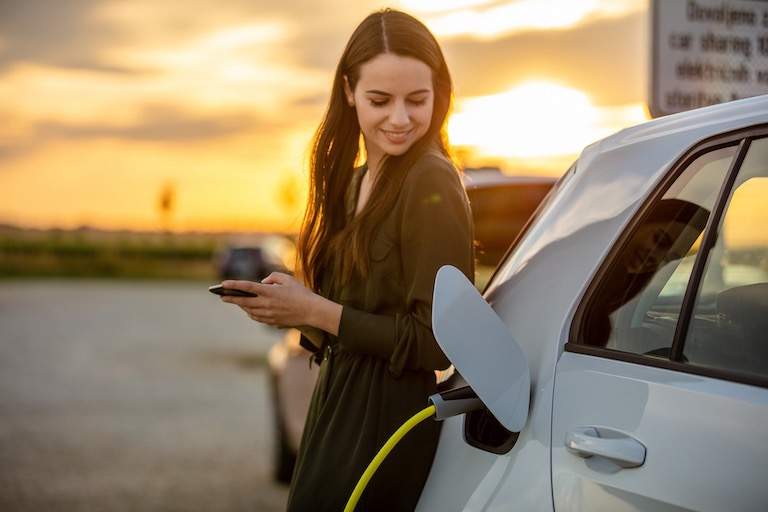
National approach to bi-directional charging wanted
The Federal Government has been called on to deliver a national strategy for the adoption of bi-directional chargingThe Australian Renewable Energy Agency (ARENA) has published a strategic road map for the adoption and widespread implementation of bi-directional charging in Australia, a key component of which is lobbying the government for a national approach.
For anyone wondering about bi-directional charging, it’s the process of utilising vehicle-to-home (V2H) and vehicle-to-grid (V2G) functionality in which battery-electric and plug-in hybrid vehicles contribute power to the household and energy grid when required.
The functionality is still an emerging feature on modern vehicles, but a growing number of models already offer bi-directional charging capabilities: Hyundai Ioniq 5 and Ioniq 6, Kia EV9, EV6 and EV5, BYD Atto 3, Tesla Model 3 and Model Y, Mitsubishi Outlander PHEV and Eclipse Cross PHEV, VW ID.4, ID.5 and ID.Buzz, Skoda Enyaq and the Nissan Leaf.


ARENA’s road map outlines 18 explicit actions required for the successful integration of the technology across five major areas:
• National policy commitment
• Time-limited installation rebates
• National Electricity Rule changes
• to enable dynamic tariffs and national consistency for networks
• Clear direction on interoperability standards
• Clarity on national smart grid architecture requirements
“With the right policy settings, hundreds of thousands of Australian households could be using this technology to reduce their power bills by 2030, and millions by 2040,” ARENA says in the roadmap.
“Our V2G Electricity Market Modelling Reports indicated this could materially reduce electricity costs for consumers and accelerate national emissions reduction.
“The immediate issue that needs to be addressed for Australia to access near terms from bi-directional charging, is to incentivise automakers to release this capability in our market over the next 24 months.”
As covered above, there are already more than a dozen models available now or coming soon that are capable of bi-directional charging – one of the major hurdles is a lack of compatible infrastructure.

At the time of writing there is just one bi-directional charger that had been certified for use in Australia – the Wallbox Quasar – however the manufacturer has discontinued it and is currently refining the Quasar 2 which is yet to come to Australia.
Other players like ambibox – via RedEarth Energy – are expected to enter the chat by mid-year, especially now Standards Australia has okayed V2G and V2H technology for use Down Under… albeit without any approved chargers.
The roadmap has predictably gained support from the Electric Vehicle Council of Australia (EVC), with CEO Julie Delvecchio describing bi-directional charging as “one of the keys to unlocking lower energy prices for everyone, not just the EV drivers” and reliable energy supply.

“This national roadmap for bi-directional EV charging is a landmark piece of work,” she said.
“The EVC congratulates the government and encourages it to consider the recommendations in the report calling for time-limited rebates for installations, support for manufacturers homologating products to our market, and work on communication and awareness of the benefits of bidirectional EV charging.
“We encourage the government to work with industry to make bidirectional EV charging a reality for all Australians.”
Related: Study: EVs power up Melbourne after major blackout
Related: SPY PICS: 2025 Kia EV4 hatch spotted testing
Related: Bidirectional EV charging boost for Australia
Related: How an EV can slash your power bill
Related: World-first bi-directional EV chargers almost here
Related: Global EV vehicle-to-grid trial launches in Oz


Please see our Editorial Guidelines & Code of Ethics (including for more information about sponsored content and paid events). The information published on this website is of a general nature only and doesn’t consider your particular circumstances or needs.














